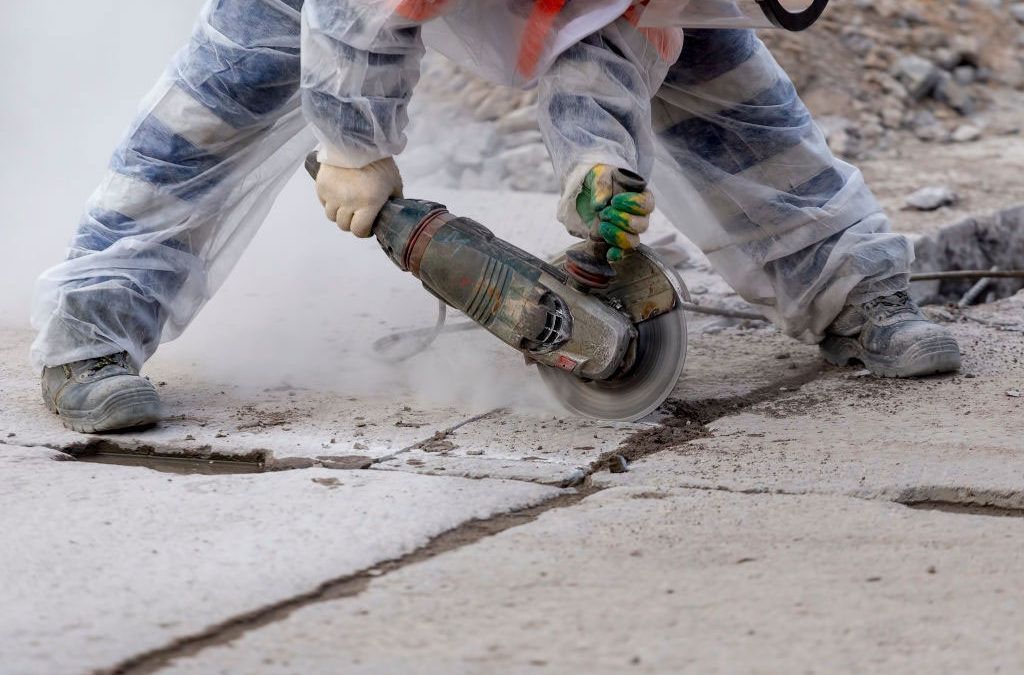Concrete Driveway Repair: Filling Small Cracks

Concrete Driveway Repair: Filling Small Cracks or Holes is Not A Cliche! In case you would have noticed, when repairing cracks and holes in driveways, it is not a question of putting in an extra layer of concrete and then filling the crack with cement.
There are many other methods for filling small cracks. Here are some tips to help you decide which method to use:
Which side of the crack should be filled? If you have an issue with a small crack in the concrete that is in a corner, you will need to fill the entire crack.
If it is only in a small area, you should focus on making sure there is no water leak and making sure that there is no way for water to get into the crack. In this case, caulking the crack will not be needed.
Or if you have to repair a water leak in your cement, then there is the option of caulking the drywall. Caulking can be helpful if it has a large crack or if it does not close properly. Make sure to discuss the issue with the local building code inspectors and the local contractors before caulking the drywall.
Laying the Sheetrock: To repair the concrete driveway repair the damage from water leakage, many different things have to be done, including repairing the floor or laying the concrete repair; and there is always the option of re-roofing the entire area with additional materials like tiles, vinyl or stone. Sometimes the water damage can be repaired through the use of concrete sealers. So depending on the extent of the damage, you might need to use one or the other.
In general, the concrete driveway repair includes the following steps: the concrete repairs are completed and the concrete sealer or the concrete repair is applied. The concrete repair itself is done as a sealed-off area that needs to be flat. After applying the sealer, it is often a good idea to follow up with a final sanding or other finishing of the area to make sure that it is completely sealed.
After laying the concrete, there are a few more steps that need to be performed: First of all, the area needs to be compacted, because small cracks tend to expand overtime. The most common way to do this is to use the trowel.
Once the area is compacted, various options can be used, depending on what is needed to repair the damage, such as adding trim or a footer edging. The footer edging is sometimes needed to contain the area that has been damaged and protect it from further damage.
The concrete driveway repair can be complicated, but as long as you have good information about the concrete or the particular type of repair, the outcome is almost always going to be a success. You might want to consult with an experienced contractor to ensure that you have the best results possible.
On a final note, when filling small cracks or holes in driveways, there are a few things that you need to consider. Of course, it is also important to follow the specific requirements of the building code where you live.
When you choose a contractor to help you repair the small cracks or holes in your driveways, take the time to find a company that understands what is necessary to repair a crack or hole in your concrete driveway. Make sure you hire a contractor that is specialized in the repair of the concrete driveways because this is a very difficult job.
